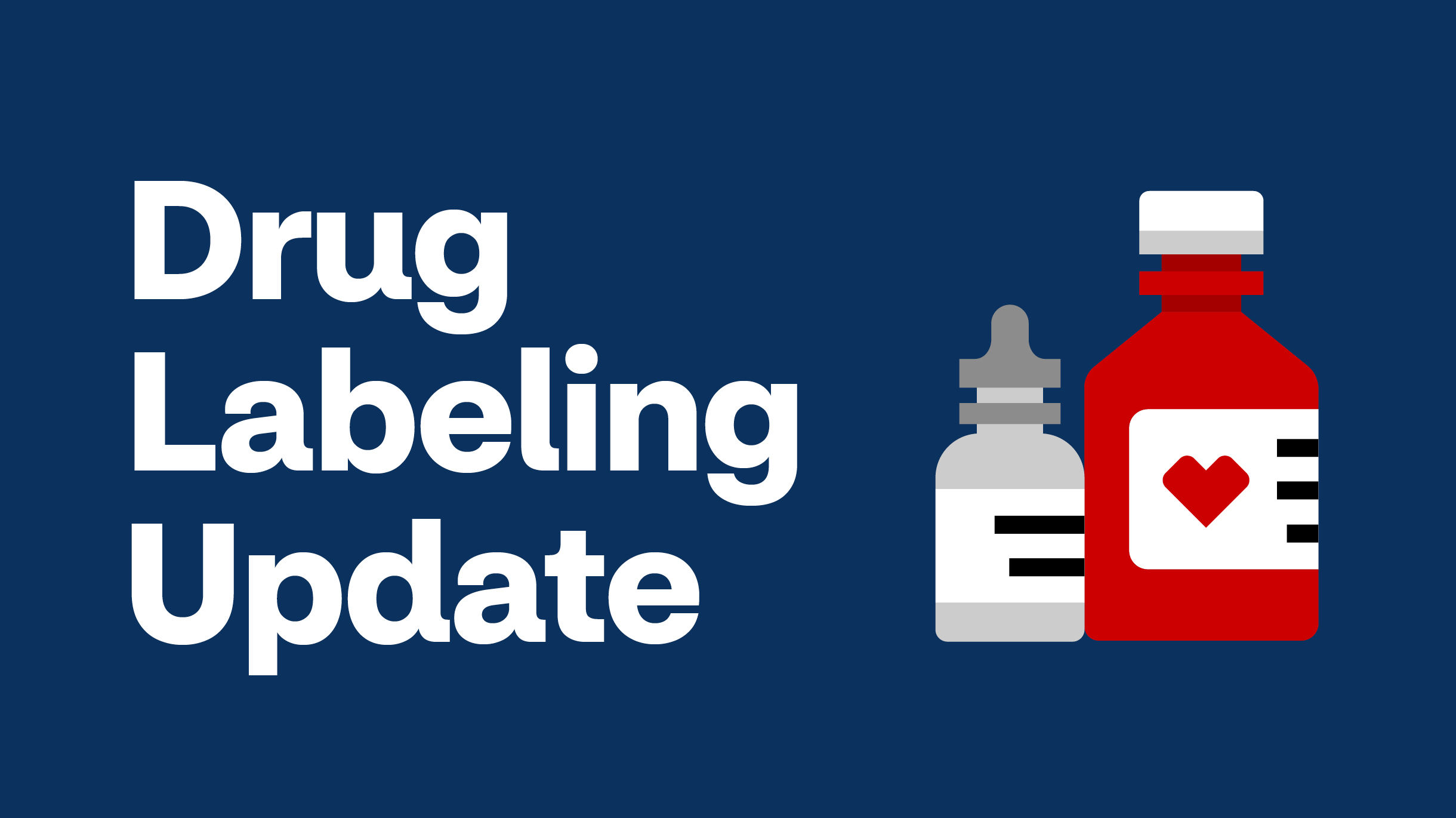
CLINOLIPID 20% (LIPID INJECTABLE EMULSION) The Warnings and Precautions section of the Approved Drug Label was updated regarding use in neonates and infants stating to strictly adhere to the recommended total daily dosage and the hourly infusion rate should not exceed 0.75 mL/kg/hour. The risk due to poor lipid clearance should be considered when administering intravenous lipid emulsions in preterm and small for gestational age infants. A new subsection was added detailing essential fatty acid deficiency (EFAD) in pediatric trials. Infections and EFAD were added to adverse reactions. Additional information was added to the Clinical Trials Experience section detailing both adult and pediatric trial data. Cholestasis was added to the post marketing experience section. The Use in Specific Populations: Pregnancy section was updated to state that administration of the recommended dose of CLINOLIPID is not expected to cause major defects, miscarriage, or other adverse maternal or fetal outcomes. No animal reproduction studies have been conducted with lipid injectable emulsion. Additional recommendations from clinical trials were added to the Pediatric subsection of Use in Specific Populations.
OMVOH (MIRIKIZUMAB-MRKZ) The Patient Counseling Section of the Approved Drug Label and Medication Guide were updated throughout to specify administration and storage of the two different types of 1-time use devices; 100 mg prefilled pens or 100 mg prefilled syringes.
MAVENCLAD (CLADRIBINE) The Warnings and Precautions section of the Approved Drug Label was updated to state that the medication can cause liver injury based on post marketing data. This risk may be increased in patients with pre-existing liver disease and patients taking other hepatotoxic drugs. MAVENCLAD is not recommended in patients with moderate to severe hepatic impairment (Child-Pugh score greater than 6). Liver injury was added to the Post marketing Experience section.
ZILBRYSQ (ZILUCOPLAN SODIUM) A new subsection was added within the Adverse Reactions; Post marketing Experience section of the Approved Drug Label. This subsection of Adverse Reactions from Observational Studies details open-label extension study results with the observation of morphea in patients.
ESMOLOL HYDROCHLORIDE The Contraindications section of the Approved Drug Label was updated to state the medication is contraindicated in patients with heart block greater than first degree and. sick sinus syndrome, may cause cardiogenic shock in patients with decompensated heart failure, and may cause cardiovascular collapse with concomitant use of IV cardio depressant calcium-channel antagonists. The Warnings and precautions section was updated providing guidance if patients develop signs and symptoms of cardiac failure. A new subsection was added detailing the potential for beta-blockers to prevent early warning signs of hypoglycemia, as well as additional guidance regarding this circumstance. A new Risk Summary subsection was added in The Use in Specific Populations; Lactation section stating there are no data on the presence of esmolol or its metabolite in either human or animal milk, the effects of the drug on the breastfed infant, or the effects of the drug on milk production.
ETICOVO (ETANERCEPT-YKRO) The Contraindications section of the Approved Drug Label was updated to state the medication is contraindicated in patients with sepsis. Subsection titles were revised throughout the Warnings and Precautions section. The Adverse Reactions section was updated to detail anti-drug antibody results varying based on the assay method. The Use in Specific Populations; Pediatric Use section was updated to include subsections of Polyarticular Juvenile Idiopathic Arthritis, Plaque Psoriasis, and Malignancies in Pediatric Patients. The Patient Counseling Information was updated to detail administration using auto Injector pens.
Reference: Drug Safety-related Labeling Changes (SrLC) (fda.gov)
This article contains references to brand-name prescription drugs that are trademarks or registered trademarks of pharmaceutical manufacturers not affiliated with Coram.
